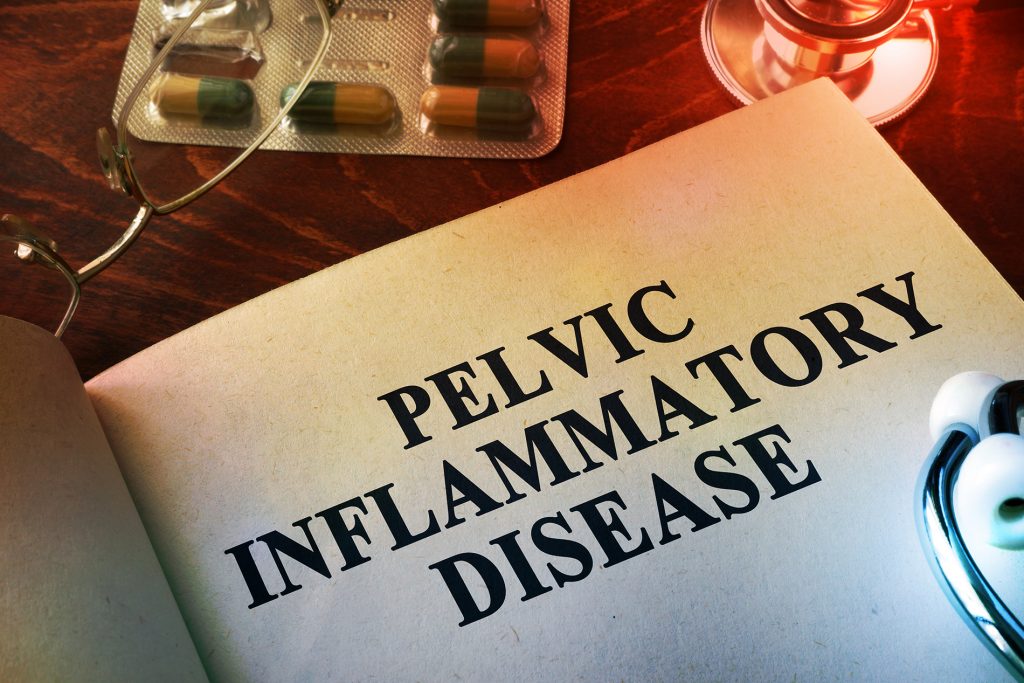OBG
Pelvic inflammatory disease (PID)

INTRODUCTION
Pelvic inflammatory disease (PID) is caused by infections which enter the body through the cervix and work their way up into the pelvic cavity. It can range from a mild infection to a serious disorder. The bacteria which cause the sexually transmitted infections, Chlamydia and gonorrhea, are thought to be chiefly responsible for PID, although other bacteria may play a part.
Signs and symptoms.
The symptoms of PID can vary in different women and this makes it difficult for doctors to diagnose it. It can be an acute (sudden and severe) or a chronic (long- term) infection.
The most common symptoms of acute PID is:
• Severe abdominal pain.
Other symptoms may include:
• A high temperature.
• Nausea.
• Vaginal discharge.
• Fast pulse.
• Pain or discomfort during sex.
The most common symptoms of chronic PID are:
• Constant abdominal pain or discomfort.
• Weakness and tiredness.
• Very heavy, painful periods.
• Pain or discomfort during the sex.
• Intermenstrual bleeding.
Sometimes PID can be almost or entirely symptomless.
How PID develops.
The infections which cause PID may get into the pelvic cavity when:
• An infection is not treated or is not treated promptly.
• The cervix is dilated (opened) during childbirth, miscarriage or an abortion.
• An intrauterine contraceptive device (IUD) is inserted.
If PID is not identified and treated it may scar the fallopian tubes- the tubes along which an egg passes to get to the womb. This can cause infertility. It will also increase the risk of an ectopic pregnancy (when the fertilised egg begins to grow in the fallopian tube or outside it, rather than in the womb). Once the tubes are scarred, reinfection will cause more damage, even after the original infection has been treated.
Diagnosis.
• The doctor can sometimes identify PID by examining your pelvic area for swollen or painful areas.
• If the doctor suspects that the infection has developed into an abscess you may be given an ultrasound scan.
• Sometimes gynecologist may need to carry out a laparoscopy. This is a minor operation, using local or general anaethethic. A small cut is made (usually just below the naval) to allow a gynecologist to see your pelvic organs through a small telescopic camera.
Treatment.
PID is treatment with antibiotics, bed rest and pain killers. For most women a course of tablets taken for at least 2 weeks is sufficient. In severe cases a stay in hospital may be necessary so that antibodies can give intravenously.
If you are allergic to any antibiotics, or if there is any possibility that you may be pregnant, it is important that you tell your doctor.
It is important that you finish any course of treatment. If treatment is interrupted, it may be necessary to start again from the beginning.
Follow- up.
You will be advised to avoid vigorous activities, including sex, until any inflammation has gone.
It is important that your partner has a check- up at a clinic before you start having sex again.
Remember, after treatment, using condoms during sex can reduce your risk of getting or passing on sexually transmitted infections.
Medical Specialists
WhatsApp us
